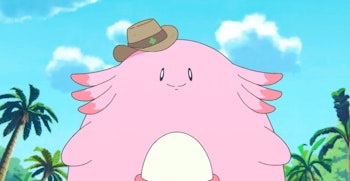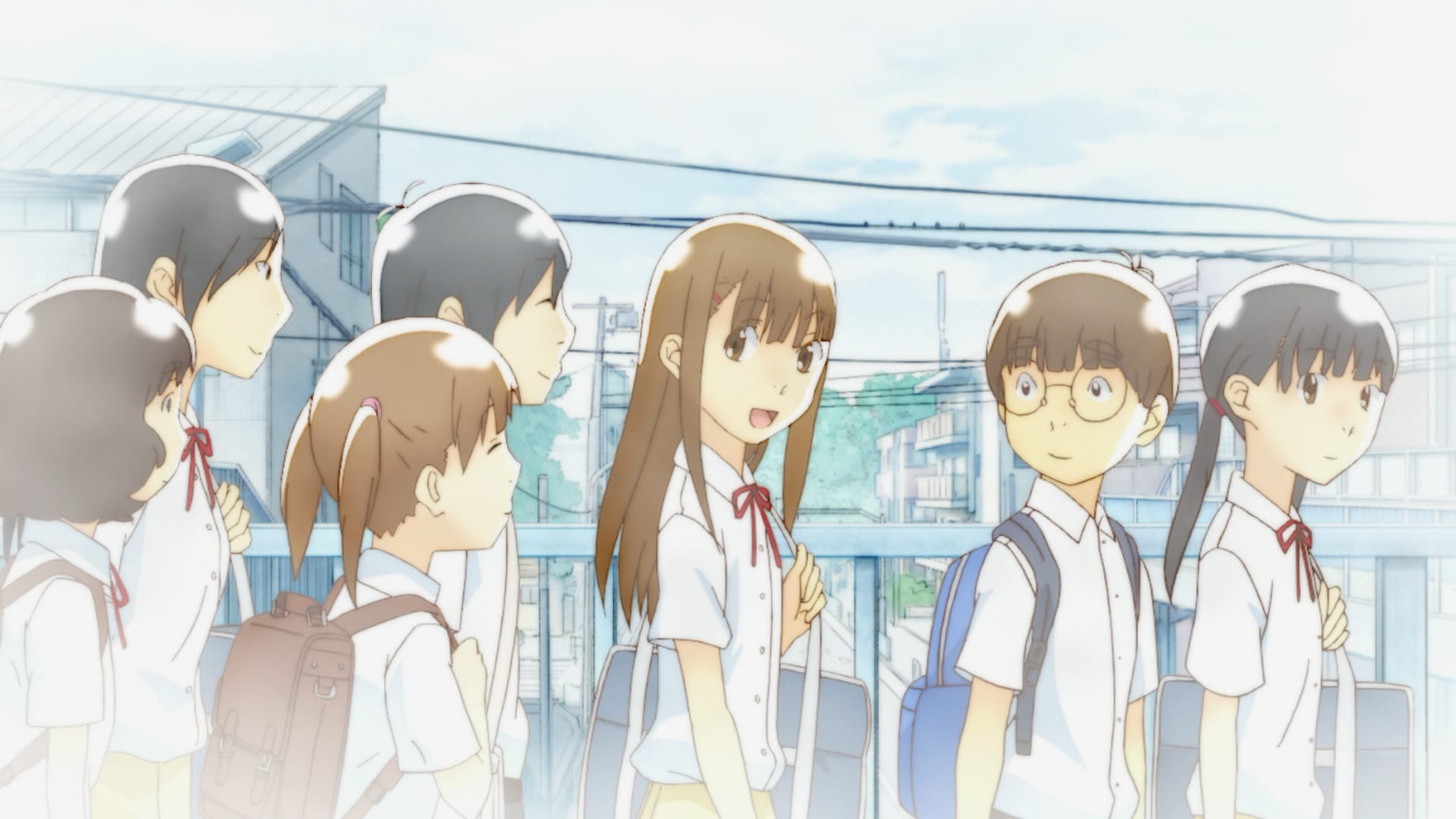
Wandering Son's anime adaptation, based on the long-running serial manga by Shimura Takaku from 2002 until 2013, premiered in January 2011 in the same season as Puella Magi Madoka Magica. It was the first anime season in which I decided to watch new shows on a weekly basis. Wandering Son spoke to me in a way no piece of media had before because I saw myself in Nitori’s struggles with gender identity in a way I hadn’t seen in any other character before, even though I didn't understand why fully at the time.
I was this weird child who would crossdress when no one was around to see it and was left confused about why I always felt jealous of other girls, wishing I was one of them. Things got worse before they got better, but Wandering Son was the time my barely-teenage brain had finally begun to process thoughts it had been experiencing since a very young age.
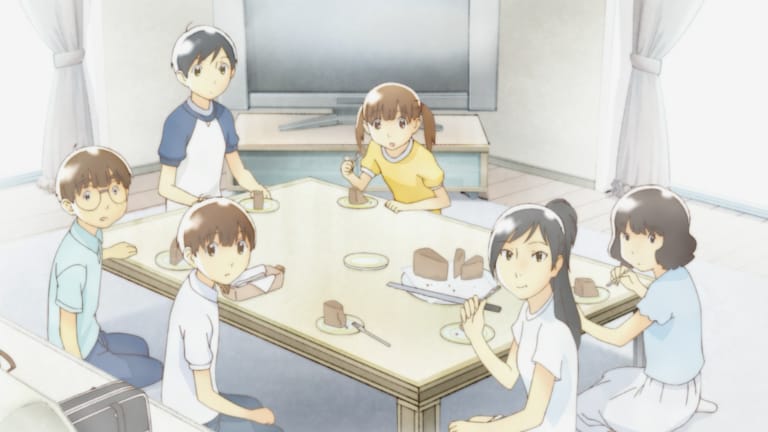
I’m not the first to say this about Shimura Takako’s original work or to tell tales about how the story and its characters changed their lives and helped them to understand themselves. I likely won’t be the last either. Re-examining the work today is difficult, however, as I wrestle with flaws which only become more obvious to me as time goes by.
Despite that, Wandering Son can’t be forgotten for its importance as a piece of transgender literature within manga, anime and Japanese popular culture, and holds an important place in my heart. A decade on, however, its outsized presence threatens to paper over its problematic elements and, particularly from a Western perspective, overshadows other pieces of trans-focused media efforts.
Allowing children to be true to themselves
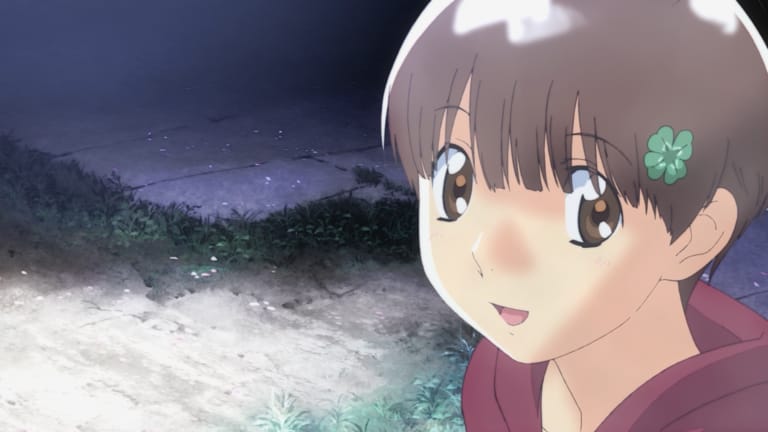
Wandering Son tells the story of Shuichi Nitori, a young assigned-male child struggling with their gender identity and a desire to be a girl. Nitori confides in their friend about this, Takatsuki Yoshino, an assigned-female child similarly struggling with their gender. As they grow up, both try to come to terms with their ever-changing bodies due to the effects of puberty, while also dealing with the problems that come with growing up as they navigate school, bullying, relationships and more.
The anime adaptation of Wandering Son chooses to tell the story not from the manga’s opening chapters but from a relatabely-turbulent time in everyone’s life: the graduation from an old school and entrance into a new one. What the anime gains from this decision is the ability to tell a cross-section of the story roughly covering volumes 4-7 of the manga covering the story’s key themes without confusing viewers, which is more beneficial when constrained to just 12 episodes.
Within these 12 episodes, we see Nitori wrestle with their gender identity and gain a support network of trans people and enter a romantic relationship for the first time. At the same time, they’re rejected by classmates and bullied after trying to be more open about their feelings. Takatsuki, meanwhile, is struggling to find their own identity while feeling uncomfortable with female labels. A ‘gender-bender play’ allows for these themes to coalesce neatly at the series’ climax, serving as an introduction to ideas of gender for the class which serves as a proxy for the audience.
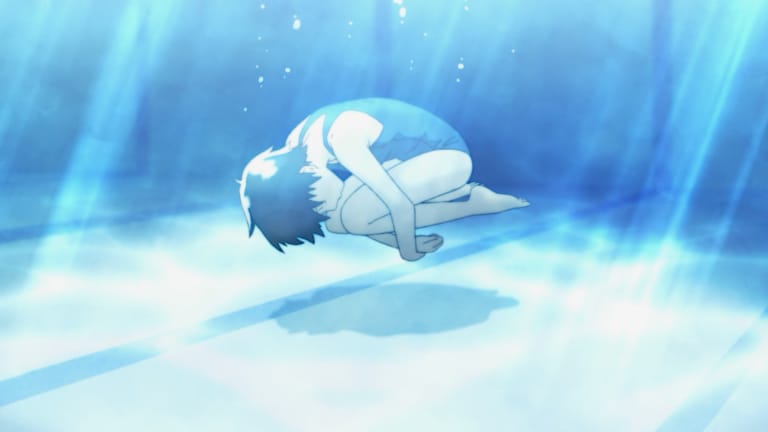
While the anime has a respectful and nuanced understanding of the experiences of trans youth, Wandering Son is a particularly powerful experience when looking back at the time when it was released. It should be noted that the original manga wasn’t the first mainstream piece of media covering issues like gender identity in an accessible form for the masses while accurately depicting the situation for transgender people within Japan. The release of the 6th season of the long-running drama series 3-nen B-gumi Kinpachi Sensei in the year 2000 can be seen as a watershed moment for trans representation in fictional media, with the mainstream success of the series featuring a prominent storyline focusing on Tsurumoto Nao, a transgender boy being taught by the titular character, propelling growing discussions on trans issues which helped to bring about legal recognition through limited-but-effective legislative change which went some way towards helping trans people living in Japan by allowing for the legally-recognized gender of trans people to be altered.
Nonetheless, while not a trailblazer in this sense, Wandering Son’s manga was a mainstream hit, it did still make its presence known as the first anime predominantly focused on trans issues, in spite of low TV ratings. Internationally, the anime was more successful, having streamed on Crunchyroll and it's existence resulting in the manga's license and partial release (up until volume 8) via Fantagraphics Books.
Accepting flaws in stories you love
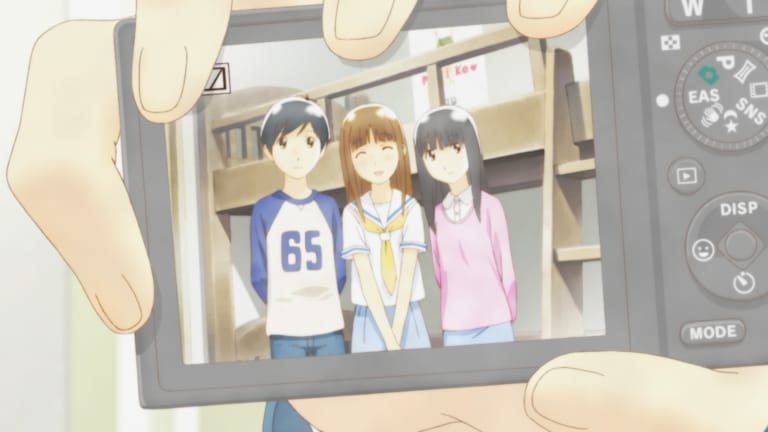
I have a peculiar relationship with this long-running anime I adore. While I’m perhaps willing to overlook some of the issues due to the impact the anime had on me, the story has issues which I admit cause me some discomfort when I look back upon the anime and in particular its manga origins.
For a mangaka happy to explore LGBT identities in her other work such as "Sweet Blue Flowers" and even her most recent work, "Otona ni Natte Mo," the reluctance to break heteronormative ideas within Wandering Son feels somewhat odd by comparison. The relationships portrayed within the story are strictly heterosexual (for almost the entire series the only exception comes early on when Nitori questions whether their attraction to Takatsuki is as a girl to a boy, a girl to a girl or a boy to a girl), a weird decision considering the ways in which exploration of gender and sexuality exploration can often interact in gender-questioning youth and adults.
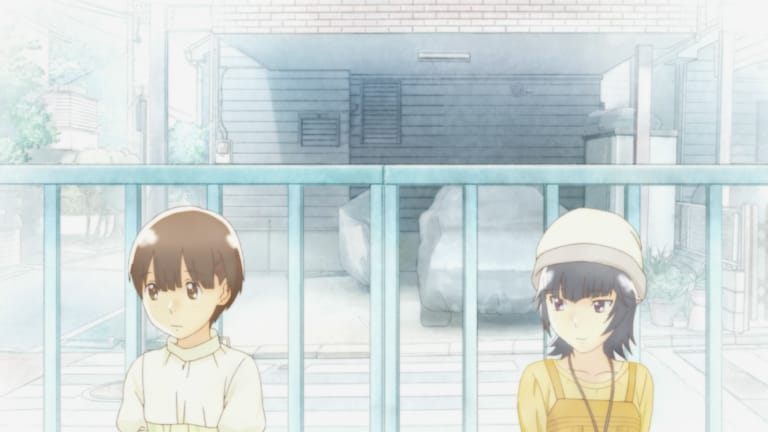
Whether intentional or not, this does, unfortunately, create a scenario where heterosexual relationships are portrayed as being more legitimate. The only exception comes within the manga’s closing chapters, where the now-cis-gendered and female-identifying Takatsuki unsuccessfully confesses their feelings to Nitori, whose official coming out as a trans women to their girlfriend Anna re-codifies their long-term relationship as a lesbian relationship (albeit after intense heteronormative coding of their relationship in the many chapters preceding this moment in spite of Nitori’s crossdressing and gender confusion).
However, these problems mostly manifest in the character of Takatsuki Yoshino. Takatsuki is introduced, both in the anime and manga, as a girl who wants to be a boy. They serve as the story’s sole piece of representation for trans men in the story, and through their character, the issues of puberty and the benefits binders can bring become a hugely positive element of the story.
I prefer how the anime handles these moments as we see Takatsuki purchase the binder and the way that the emotions Takatsuki feels about seeing their body changing are reinforced by the anime using mirrors and windows as a way to reflect the characters and their feelings and insecurities about their bodies. Early on within the manga and throughout the anime they are strongly coded as a transgender boy, yet the second half of the manga following the anime’s conclusion sees the character assimilate into a cis female identity.
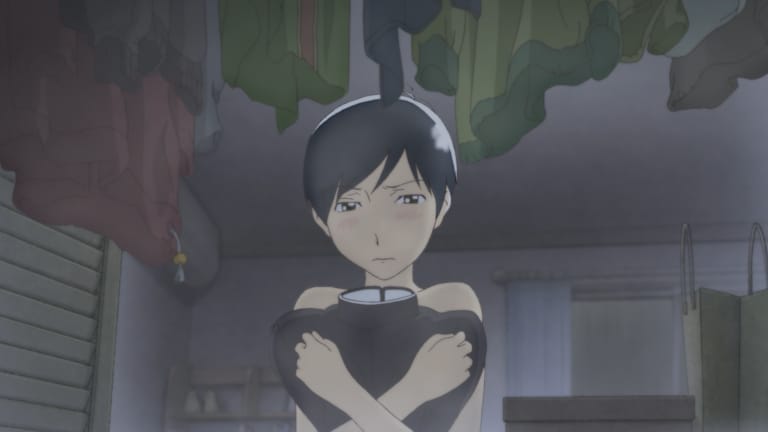
As the only trans-masculine-coded character within the story of Wandering Son, their character is an important vessel for those who identify similarly to see themselves within the work. The often-touted anger about this decision stems from how it invalidates such identities by not allowing Takatsuki to transition and for their character to settle within a binary female identity, and for the most part, I agree.
My only dissent (and even then it’s only partial) is that I can see the importance of showing the positivity that can come about from questioning your gender even if this simply affirms your birth gender or results in a decision not to transition. There should be an encouragement for everyone to explore their identity in order to become more comfortable in their own body, even if they decide not to transition in the end, and people should be free to experiment in this manner. Portraying this can arguably be just as important as having a character fully transition. However, when such exploration comes at the cost of your only explicit trans-masculine representation, it inadvertently represents such identities as less valid. The lack of discussion for non-binary or X-gender identities, particularly around Takatsuki whose identity arguably better-fits within such a label, only exacerbates this issue further.
Has Wandering Son's success held trans fiction back?
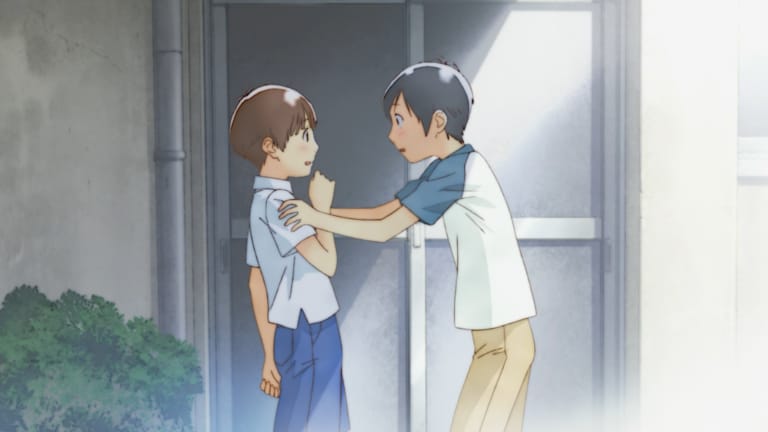
In spite of this, the legacy of Wandering Son precedes these issues, placing the story at the forefront of discussion for trans representation in anime and manga both for better and for worse. In Japan, the Wandering Son manga was recognized by the Japan Media Arts Festival in both 2006 and 2013, while the English-language release of the manga was nominated by the Young Adult Library Services Association in its 2012 list of Great Graphic Novels for Teens. In a special issue of Eureka magazine discussing the impact of mangaka Shimura Takako’s work, multiple guest essays focused on a discussion of the romantic elements of the story as well as its impact on the LGBT community at home and internationally.
The work is much-loved and much-remembered as something which undoubtedly had a positive impact on the lives of many people, myself included. It’s a little disappointing, however, that the anime and manga industry has yet to fully move past this series, especially internationally, even after many years have passed since the series came to an end. Any discussion of transgender identities will inevitably prompt discussion of this story, most often as the sole example of trans representation in anime which many people will cite. Considering the work is created by a publicly-cisgender mangaka in Shimura Takako, the problems with this reverence are that it can overshadow other stories about trans identities both for, and in some cases, by, members of the transgender community.
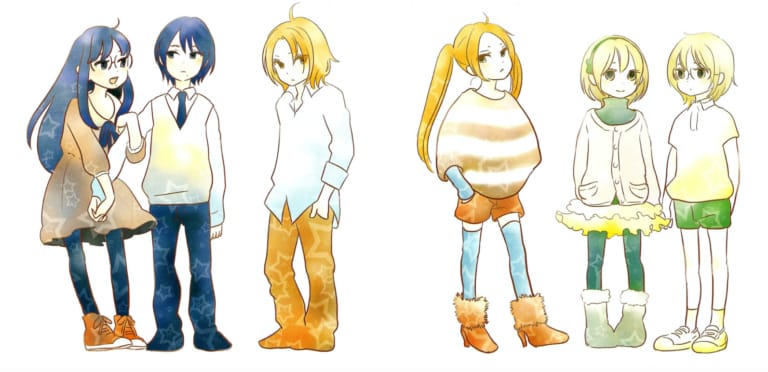
Just last season, Stars Align made a case for itself as an original TV anime willing to discuss and explore gender identities, including non-binary identities, alongside other topics within the context of a sports anime in an informative exploration of sexuality and gender. Zombie Land Saga and My Hero Academia have also featured incidentally-trans characters within their stories. In the realm of manga, you have stories like "Bokura no Hentai" and an array of both fictional and autobiographical manga that discuss trans experiences and created by transgender mangaka such as "Bride was a Boy."
Yet discussion of these works is rare, especially in the English language, and this is partly because of Wandering Son’s massive popularity. Bokura no Hentai is a work which explores queer and transgender sexuality in a way that goes far beyond what Wandering Son is able to by showcasing a wider range of sexual identities, while the work is arguably more successful at discussing the at-times difficult topic of trauma within trans identities through the character of Mariko. Through a story arc that covers the public backlash to their public transition and the necessity of a safe space where a trans person can not only be themselves but also receive the support they need to become more confident in the wider world, I personally find that this story explores gender experimentation in a more realistic manner than Wandering Son.
At the same time, if I want a detailed discussion of transgender identities that’s as informative as it is engaging, the autobiographical work of "Bride was a Boy" and the drama of the recent "Stars Align" are arguably better at doing this due to these shows explicitly describing various gender identities and sexualities (something Chii, the mangaka behind "Bride was a Boy," has continued to do on their own blog). Not only that, while Wandering Son reinforces the gender binary, the recently-licensed "Love Me for What I Am" (via Yen Press) prominently features non-binary characters, while there are other stories both licensed and unlicensed which also touch on these topics and feature such characters.
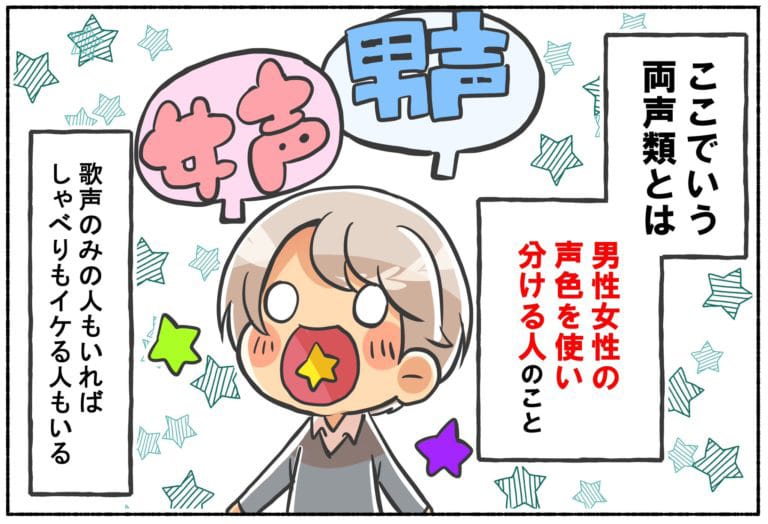
These are works that have arguably exceeded, either through iterating on the formula it pioneered or by going its own path, the work of Wandering Son, with more inclusive transgender representation. When recently revisiting Wandering Son as part of writing this article, I have to admit that these flaws only manifested themselves further, and I can see this being a potentially-constant source of ire as I continue to engage with this series as time goes by, especially as more and more pieces of fictional media on transgender issues are published.
Reconciling Wandering Son, a flawed anime and manga which saved my life
Despite all that, I’m unwilling to say that Wandering Son is anything but my favorite anime of the previous decade. At the very least, it was the most impactful. Even as I recognize these numerous flaws now and will likely find more issues with the anime and its manga origins as more time passes, it means too much to me to consider otherwise.
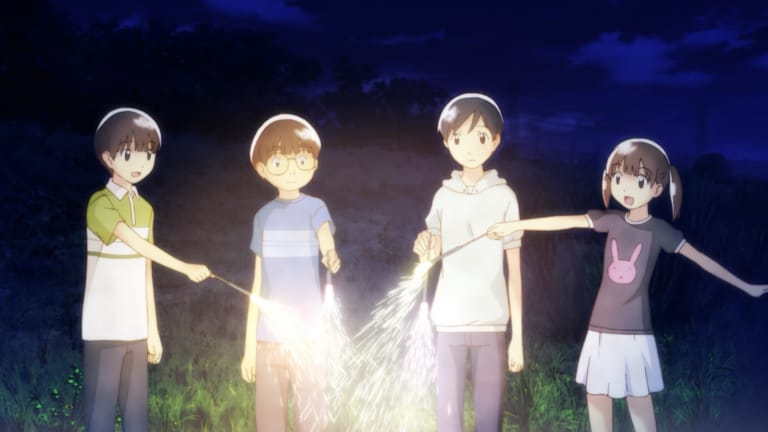
As I try and condense these messy ideas down into a single article that barely scratches the surface on the many disparate thoughts I have about this story and these characters, I’m left wondering how much longer I can truly recommend this anime to others, and whether the time where I can wholeheartedly say this is a must-see and must-read experience has already passed. For now, I can say that, as a powerful drama and as an interesting, if flawed, piece of media on trans identity which is frustratingly difficult to find within anime, Wandering Son is still worth your time. 10 years from now? Who knows.
Yet that’s exactly why I wanted to discuss this anime. Even with my issues with how the manga concludes and how some ideas are handled within both the manga and anime itself, this story is a powerful, moving and representative piece of media. If my job with this article is to discuss the work which meant the most to me and left me thinking the most over the last 10 years, without a shadow of a doubt that piece of media is Wandering Son. I don’t know where I’d be without it and I honestly don’t want to think about the possibilities of that situation.
That’s what makes it my anime of the decade.
This piece was originally published to OTAQUEST on January 20, 2020

